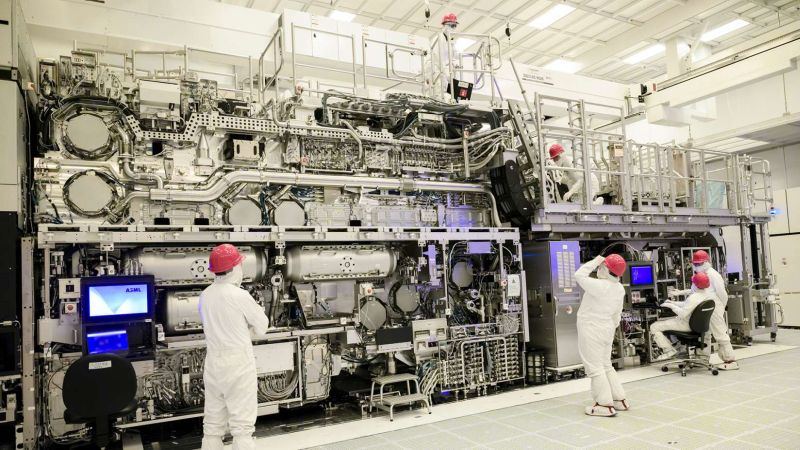The second quarter, which was disastrous from the point of view of many investors, brought related problems for Intel. A group of shareholders sued management for concealing information about the company’s dire financial condition, and the international agency Moody’s lowered Intel’s credit rating to below average, although it left reasons for optimism.

Image Source: Intel
As noted in a statement by Moody’s representatives, the downgrade of Intel’s credit rating from A3 to BAA1 is explained by expectations of a deterioration in the company’s profitability in the next 12 or 18 months. If over the previous 12 months the ratio of Intel’s debt load to interest and depreciation payments, including taxes, did not exceed 4.35, then in the next year and a half it could rise to 7. In turn, a decrease in the credit rating will complicate the company’s access to borrowed funds.
Representatives of Moody’s explain the deterioration in Intel’s profitability for the period until the end of 2025 by the need to increase costs for the development of new technologies and the construction of new enterprises. In addition, the company has a product line structure that is not very successful for the current market situation, and the demand for its products is lower than expected in almost all market segments. Accordingly, Intel is losing market position, and this has a negative impact on revenue, which should partially be used to pay off debt obligations.
However, Moody’s experts are confident that the Intel Foundry division is capable of achieving operating breakeven by 2027, but for this the company needs to learn how to produce products at low costs using advanced technical processes and in mass quantities both for its own needs and for third-party customers.